Report this entry
More from the same community-collection
El Paso, Texas City Marshal Dallas Stoudenmire - 1881
El Paso City Marshall Dallas Stoudenmire with his deputy ...
El Paso Police officer Howell Cobb - 1904
Witness for the Defense: On the afternoon of January 15, 1904, ...
El Paso Police officer Tom Threepersons - 1921
On March 9, 1921, the El Paso Herald reported, "One Man is ...
El Paso Police Command Staff - 1975
Chief of Police Robert Minnie with staff in front of Liberty ...
El Paso Police Department - 1903
Top Row Left to Right: Chas McDonald, Will Rynerson, Jim Briggs, ...
El Paso Police K-9 handlers - 1975
El Paso Police officers Richard Edens and Marcos Payan were the ...
Tug of War in the Rio Grande - February 16, 1977
El Paso Police officer Tim Davidson managing to outwit the ...
Trolley in front of Gateway Hotel, 1960s
The image probably dates from the 1960s. It shows a trolley in ...











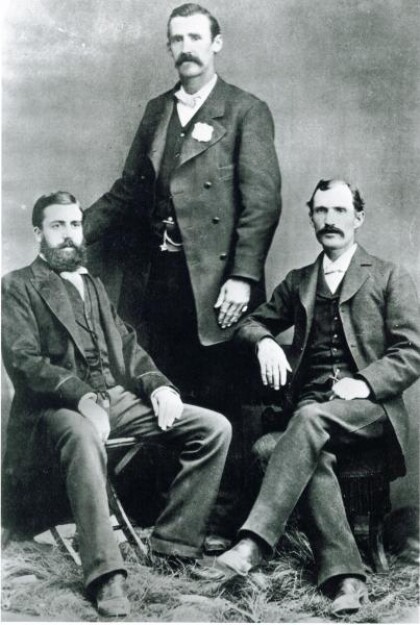
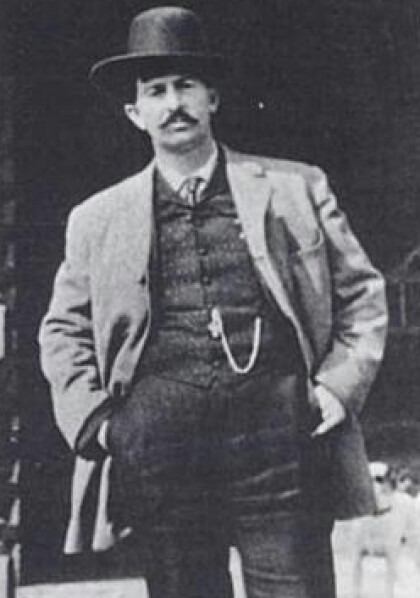
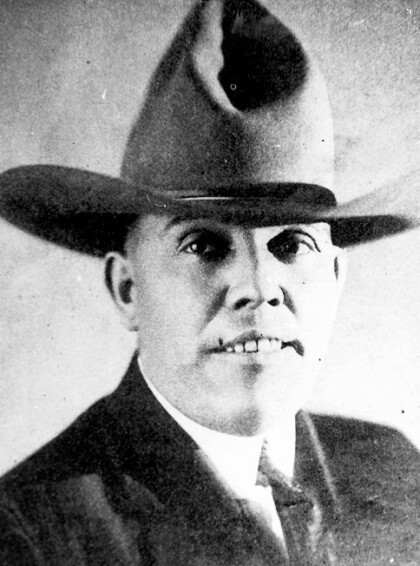
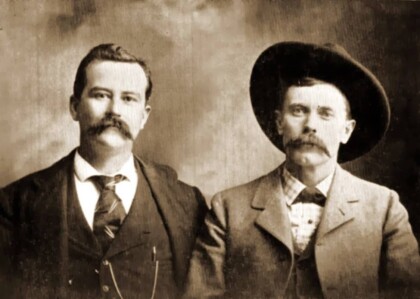
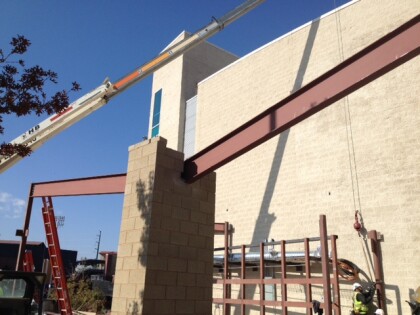
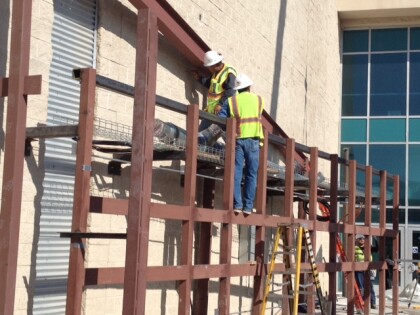
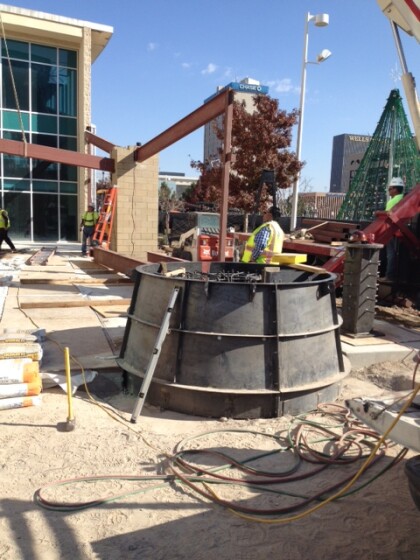
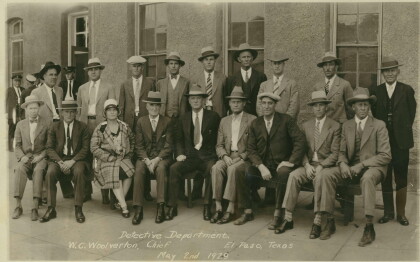
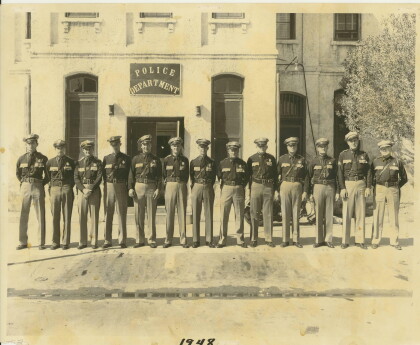
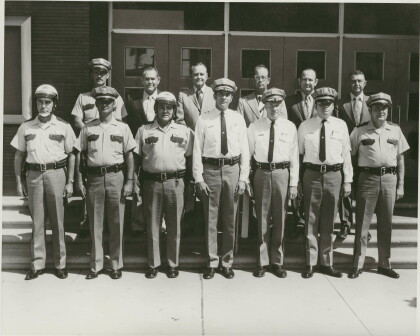
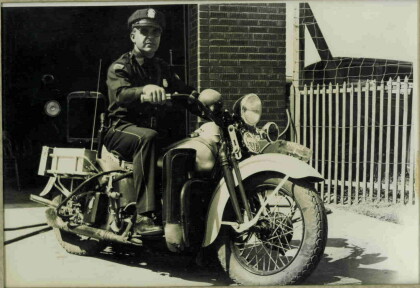
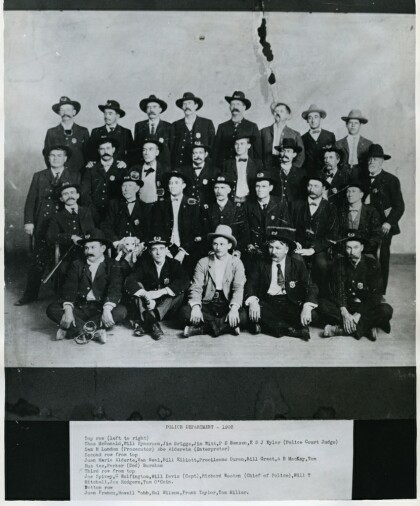
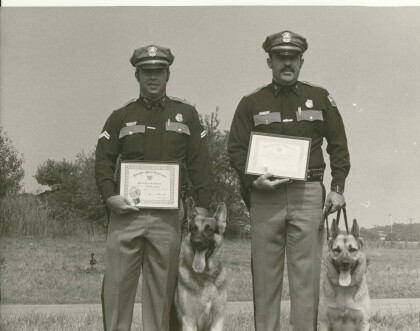
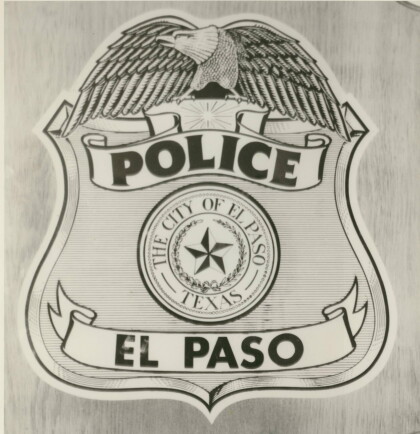
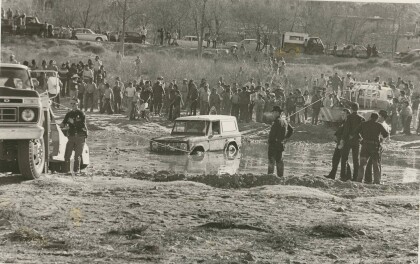
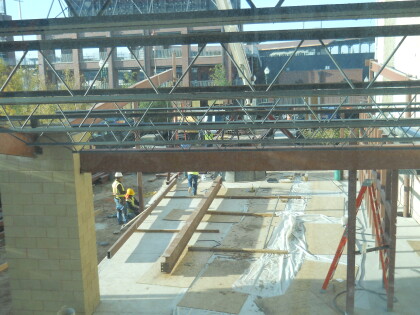
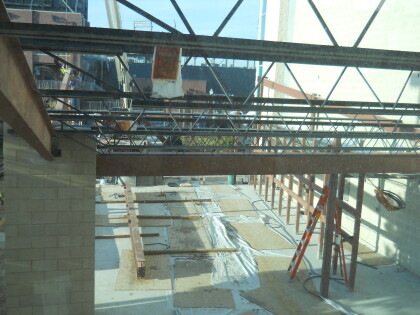
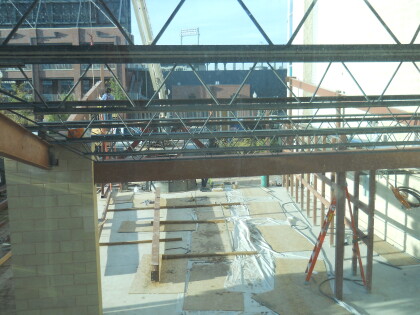
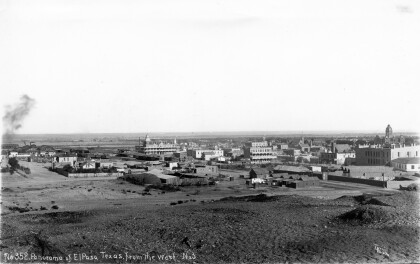
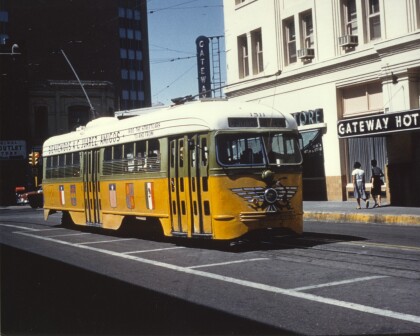
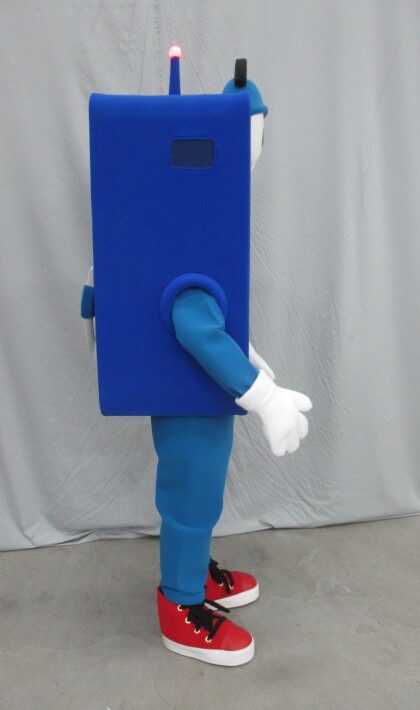
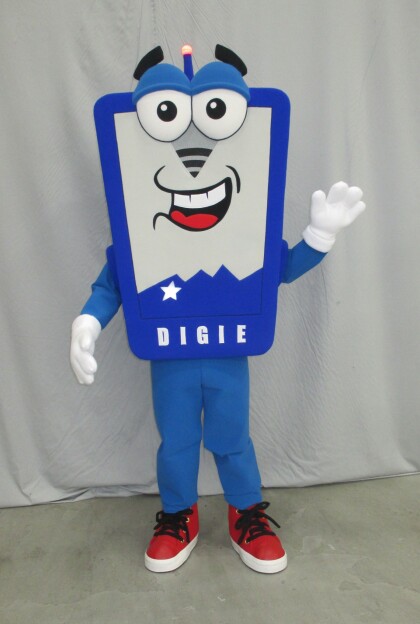
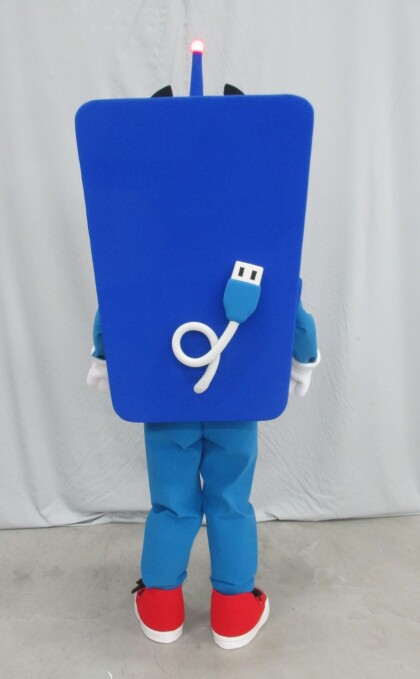
Comments
Add a comment